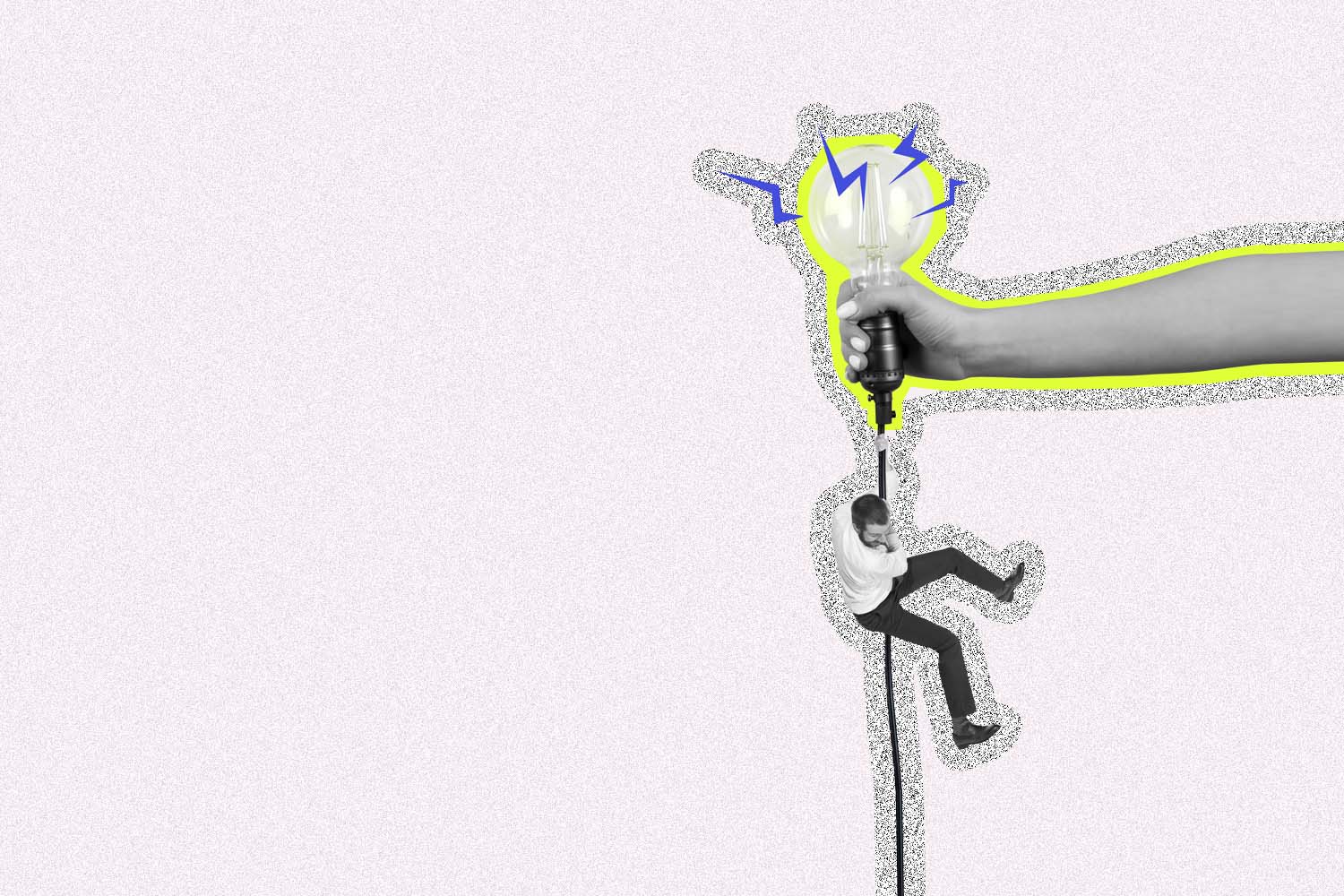At the height of the pandemic, the workforce contracted drastically — resulting from layoffs, furloughs and competing priorities at home. In the post-vaccine, return-to-the-office world, many of those employees have re-entered the workforce. However, women who left the market have yet to return to their pre-pandemic roles.
As of February 2022, there were over 1.1 million fewer women participating in the labor force than before the pandemic, according to analysis from the National Women’s Law Center. Meanwhile, their male counterparts returned to the market in droves.
Your company can play a role in reversing the trend — while gaining access to top talent. Savvy leaders are leveraging flexible opportunities, return to work programs and benefits to attract female employees after career breaks. Here’s what you can learn from these role models.
What’s Keeping Women From Returning to Work?
Before you build a program to bring back women, you need to start by understanding the forces that have caused women to leave the workforce.
The blurry boundaries of the pandemic workplace coupled with longstanding gender inequality have left some women alienated from the professional world. In fact, women cited excessive demands from employers in a work-from-home environment as a major reason for leaving their jobs, according to 2021 Deloitte research. Nearly 80% of the women surveyed said their workloads had increased due to the pandemic, the report found, with 66% of women reported having increased responsibilities at home. Other factors resulting in departure included:
- A growing pay gap — often disproportionately affecting Black women and other people of color — that leaves women feeling undervalued.
- Increasing demands related to childcare, elder care or the home.
- Not receiving adequate support from their employers.
Absence from the workforce can create barriers when searching for new employment. While 50% of hiring managers believe that career breaks are becoming more common, LinkedIn research found that one in five employers would decline a candidate for an extended resume gap.
Returnship programs can offer a way to reskill talented employees and bring them back into your organization — regardless of the reason behind the career gap.
So, What Are Returnship Programs?
Often likened to internships, returnship programs provide career opportunities for people who have taken time away from their careers and are looking to rejoin the workforce. While not every returnship program is designed specifically for women, many returners are women who have taken time off for caregiving. Veterans can also benefit from returnship programs as they transition to the private sector after military service.
Typically, programs recruit between five to 25 participants to maximize their investment in training, mentorship and coaching over the length of the program. The size of the group will likely depend on the size of the business and its particular recruitment needs.
Returnship participants may be paid a prorated salary, stipend or an hourly rate. The structure of pay and the level of pay are determined by various factors including the length of the program, the salary band for specific roles and the level of experience and education of the returnship participant.
Returnship programs range in duration — lasting anywhere from a few months to more than two years. These structured programs create upskilling opportunities, as well as mentorship for participants while they navigate their career break. Returnship programs often offer:
- Customized training, upskilling and development within the participant’s area of specialty.
- A support network including a mentor, manager and coach.
- A peer network to share experiences and provide encouragement.
- Partnership with external employers or agencies to enable the transition from the program to an ongoing role.
If your company is looking to create a successful returnship program, turn to these six tips from role model companies.
1. Tailor the Returnship Program to Your Employee’s Expertise
Your returning employees will have varied skill sets and backgrounds that can benefit your organization. Be sure to pair returners with departments that best match their previous experiences. For example, Boeing’s Return Flight program allows applicants to apply for a role within engineering, IT, human resources, finance or supply chain.
Return Flight applicants need a Bachelor’s degree, a minimum of 3 years of experience in the workforce and between one and 20 years out of the workforce. If selected, the returner enters a structured program that is one year in length. The program accepts eight to 10 returners a year.
“Participants have access to a wide range of Boeing learning resources including training opportunities specific to their role and to organizational and leadership capabilities,” says Carmen Reynolds, senior director of leadership development at Boeing.
Savvy executives can also shape returnship programs around their organization’s needs. For example, if you’re noticing gaps in your workforce — say a certain department needs upskilling or is short-staffed — returnship programs can create a funnel. Or perhaps your organization is looking to increase gender balance in a specific department. Returnship programs can help you meet that goal.
Let’s turn again to Boeing. Return Flight aligns with the company’s commitment to equity, diversion and inclusion. In the last four years, there’s been a 200% increase in the number of women in engineering and IT vice president positions. By recruiting to these specific departments, they are moving toward their goal of increasing female representation to 30% by 2030.
2. Pair Your Returning Employee With a Buddy
At Amazon, helping acclimate and train returning workers is a team effort, according to Alex Mooney, senior manager of DEI talent acquisition programs. “Each returner is paired with an experienced manager, mentor and onboarding buddy,” Mooney says of the company’s 16-week program.
This can be particularly helpful if the returner has been out of the workforce for many years. “The average returner has been out of the workforce for six years,” Mooney says. “The longer they are away from the workforce, the more support and structure they will likely need in order to ramp back to their profession, and this program provides that structured environment and support.”
Amazon provides role- and company-specific training to both the returner and their managers to facilitate greater cohesion. At the end of the returnship, Amazon offers full-time roles to participants who show promise and the desire to continue working for Amazon.
In June last year, Amazon expanded its return-to-work initiative to enable the hiring of 1,000 returning professionals.
3. Find Opportunities for External Partnerships
If your organization plans to launch a returnship program, find ways to partner with other organizations that have similar goals. This allows teams to share resources and, in some cases, talented candidates for returnship programs.
For example, Australian skincare brand Alpha-H founded their three-month returnship, called an “Encoreship,” in 2021. The program operates as a partnership with other businesses, which share the responsibility for offering roles to women who have been out of the workforce for anywhere from one year to over 20 years.
Alpha-H hosts open roles across brands on its own recruitment platform. Each business has the ability to add open roles on the platform and manage its own recruitment process through the online portal. “Each brand takes control of their own recruitment. But, we often share candidates. We are looking for similar skills. We check with applicants if they’re comfortable and if so, we share applications across brands,” says Tina Randello, chief commercial officer at Alpha-H.
Participants are then placed either within Alpha-H or one of the partnering businesses. The participant is paid directly by the business they’re placed within, and their salary is commensurate with the role and their experience.
4. Provide Transition Training
Successful programs train returners both in the hard skills needed to fill open roles and the soft skills required to relaunch their careers. That includes refreshing their resumes, brushing up their LinkedIn profiles and learning how to best tell their career story — including an explanation for the gap in their job history.
In the final month of the returnship program, returners at Alpha-H receive “transition training” from Six Degrees Executive, a recruiting agency. “In addition to each brand providing a role and business-specific training, we ran two workshops dedicated to building career confidence, presentation and communication skills,” explains Randello.
Transition training has benefits for participants. Of the six participants in last year’s program, five are currently employed. Two remained with their employer via Alpha-H’s Encoreship, and the others moved into ongoing roles with different employers
5. Make a Commitment to Hire
Returnship programs do not always guarantee job offers. However, companies should set a benchmark to hire a certain percentage of returners in their program. For example, Deloitte’s pilot of its returnship program set out to hire half of its nine participants. When the program ended, the company hired eight of its returners.
Allstate’s 16-week returnship program starts with “the intention that there will be a role for everybody that’s part of the program as long as they successfully complete it,” says Robi Nevers, who ran returnship initiatives as a senior manager of talent acquisition. Many of the insurance company’s returners have been hired for mid-level jobs at the company.
Converting returnship participants into full-time roles shows your dedication to supporting employees after their career break. This can help your company find top talent in today’s competitive job market.
TD Bank’s returnship is also an intent to hire program. “In order for a business line to participate, they actually have to set aside an open position so that someone can be converted into it,” says Sarah Cole, a market commercial credit manager and senior vice president in the company’s commercial bank.
In addition to her role, Cole helps run TD’s returnship program. Partnering with the business lines ensures that the returner’s success is shared by both those running the program and the returner’s direct manager. “Sometimes, it’s not a fit for the career relaunch associates, and it’s not a fit for us, and that’s okay. But, when we bring someone on, we want to keep them on forever,” Cole says.
6. Gather Feedback to Improve the Program
Companies running returnship programs should seek feedback — both from participants and managers in the business lines — to find ways to improve the program.
At TD, Cole and her colleague Laura Picone gather insight both in meetings with current returners and with alumni of the program.
One tangible change from feedback relates to the length of the returnship program. The company’s first cohort in 2020 was only 16-weeks-long. “What we found hearing from the relaunchers is that they actually wanted the program to be longer, because by the time they got in-market…they really needed more time to get their feet wet and really get their sea legs,” says Picone, a senior relationship manager and vice president of community banking. The program now lasts 6 months.
“We’ve asked them to think, what was a great enrichment? Would you like something else out of it?” Picone explains. “At the end of the program, we give them an opportunity to send us any information, and anything that they would like to give us.”
Does your organization offer returnship opportunities? Reply to share your insights.






